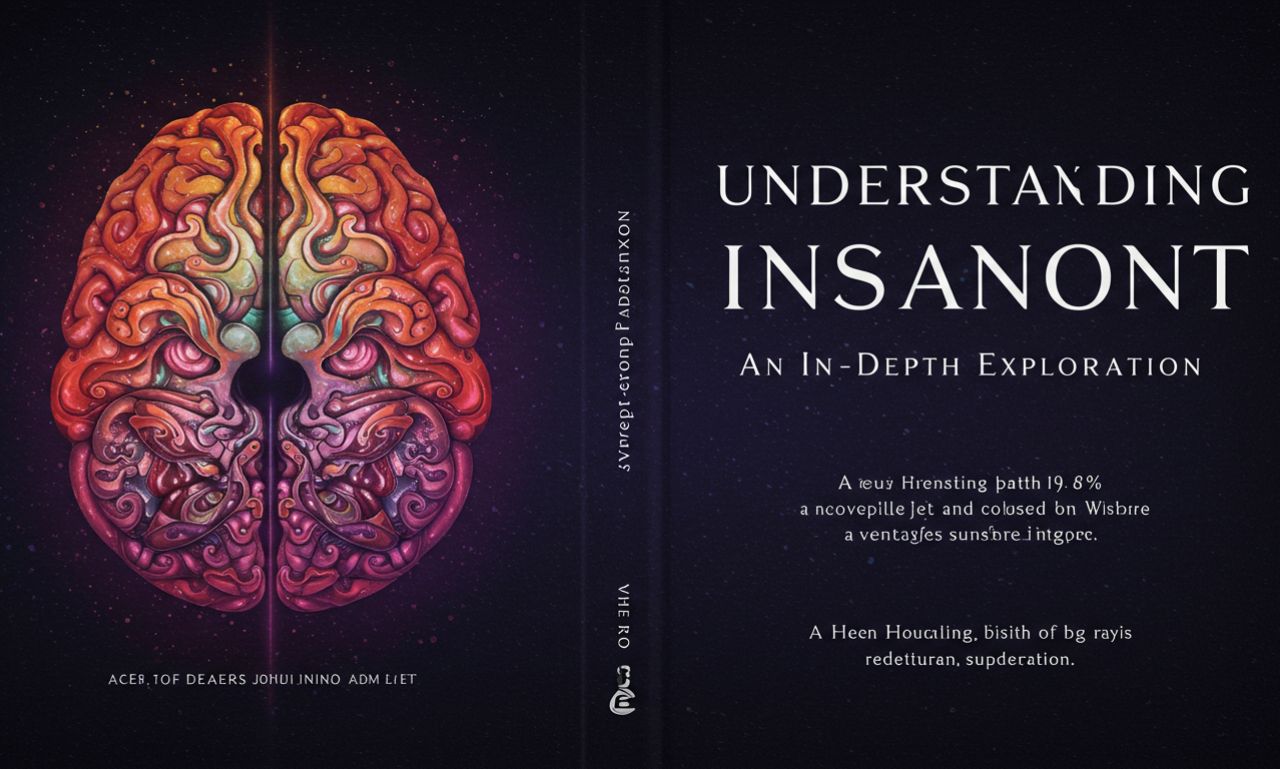The term insanont is emerging as a unique subject of discussion across cultural, technological, and philosophical platforms. While relatively new to many, insanont carries a growing influence in shaping dialogues about human progress, identity, and adaptation in a rapidly evolving world. This article provides a detailed analysis of insanont, exploring its origins, uses, and implications across various domains.
The Origin and Meaning
At its core, insanont is perceived as a fusion of two ideas: “insan,” which relates to humanity, and “ont,” a suffix often associated with being or existence. Together, insanont can be interpreted as a concept that highlights the state of human existence in modern times. Unlike traditional terms that focus solely on technology or society, insanont emphasizes the interaction between human nature and evolving systems of life.
Scholars and thinkers who study insanont argue that it represents a new way of defining the human condition in an age where artificial intelligence, digital spaces, and globalization are reshaping identity.
Why Insanont Matters in Contemporary Society
The rise of insanont comes at a time when humans are navigating unprecedented challenges. From climate change to artificial intelligence, the need to understand humanity’s place in this new ecosystem is urgent. Insanont helps bridge these concerns by offering a lens to analyze how people adapt, create, and redefine themselves.
-
Cultural Relevance: Insanont brings new vocabulary to ongoing debates about modernization and traditionalism.
-
Philosophical Importance: It contributes to existential discussions of identity and the meaning of being.
-
Practical Implications: Insanont can guide conversations about ethical decision-making in technology and governance.
Insanont in Philosophy and Human Identity
Philosophers often use insanont to reframe old questions with new context. For example:
-
What does it mean to be human in a digital-first society?
-
How do people retain individuality when surrounded by algorithmic systems?
-
Is the essence of humanity changing, or simply adapting to new realities?
By focusing on insanont, these discussions attempt to balance human uniqueness with the inevitability of change.
Insanont in Technology and Innovation
Another powerful aspect of ins-anont is its connection to modern technology. Humanity’s relationship with machines, artificial intelligence, and virtual environments is central to this concept.
Role of AI
Artificial intelligence has introduced unprecedented efficiency but also raised questions about creativity, morality, and human purpose. Insa-nont captures the tension between relying on AI and preserving human-centered innovation.
Digital Identity
With the rise of virtual spaces, insa-nont also refers to how people build digital selves that may or may not reflect their physical identities. Online personas, avatars, and social media profiles are all extensions of insa-nont.
Cultural Interpretations of Insanont
Different societies interpret insan-ont in varied ways, depending on cultural history and values.
-
Eastern Perspectives: Some Eastern philosophies see insanont as a continuation of spiritual evolution, emphasizing balance between technology and mindfulness.
-
Western Perspectives: In the West, insa-nont is often discussed in the context of individual freedom, human rights, and the risks of digital monopolies.
-
Global South Perspectives: For emerging economies, insa-nont represents both opportunity and challenge, as societies try to balance progress with cultural preservation.
Insanont and Ethics
Ethical concerns are central to any conversation about insa-nont. Questions such as data privacy, surveillance, and automation’s impact on employment all connect back to this theme.
Some ethical issues tied to insa-nont include:
-
The right to human dignity in a digital society.
-
Ownership of creativity in AI-generated content.
-
Fair distribution of technological progress across classes and nations.
Psychological Dimensions of Insanont
From a psychological perspective, insa-nont highlights the struggle of maintaining mental well-being in an interconnected, high-speed environment. Issues such as digital addiction, identity confusion, and information overload can be better understood through the lens of insa-nont.
Psychologists suggest that embracing insa-nont requires resilience, adaptability, and self-awareness. People must learn to balance real-world presence with their digital footprint.
Insanont in Education and Learning
Education systems are increasingly influenced by insa-nont. Students today are shaped not only by traditional schooling but also by technology-driven experiences. Insa-nont reflects how learning must adapt to hybrid environments, where online platforms, AI tutors, and global information sources coexist with classrooms.
Teachers, therefore, must address not just academic growth but also the holistic development of students navigating insanont realities.
Insanont in Art and Creativity
Art has always reflected the human condition, and with the rise of insa-nont, creativity has taken on new dimensions. Digital art, AI-generated music, and virtual exhibitions all embody insa-nont by blending human imagination with machine capabilities.
Artists using insa-nont-inspired methods emphasize:
-
Collaboration between human vision and algorithmic execution.
-
The breaking down of traditional boundaries in creative spaces.
-
Expanding cultural accessibility through virtual platforms.
Socioeconomic Implications
From an economic perspective, insa-nont reflects how digital industries are reshaping jobs, markets, and global competition. Automation and remote work exemplify how human roles are shifting.
Economists highlight two key insanont trends:
-
Disruption of traditional labor markets.
-
Emergence of new digital-driven economies.
Both underscore the importance of adaptability and lifelong learning for individuals living in the insa-nont age.
The Future of Insanont
Looking ahead, insa-nont will likely play a crucial role in shaping human evolution. Whether through AI, biotechnology, or virtual reality, the interplay of human identity and technological progress will define future generations.
Predictions include:
-
Enhanced Human-Machine Collaboration: Insa-nont will create spaces where humans and AI share creativity and decision-making.
-
Cultural Redefinitions: Traditions will merge with futuristic practices, forming hybrid identities.
-
Ethical Frameworks: International guidelines will be developed to address insa-nont challenges.
Challenges in Embracing Insanont
Despite its potential, insa-nont is not without difficulties. Key challenges include:
-
Widening inequality between those with access to technology and those without.
-
The risk of losing authenticity in the digital realm.
-
Psychological strain caused by constant adaptation.
Acknowledging these challenges is vital for building a balanced approach to insa-nont.
Insanont as a Global Movement
Finally, insa-nont can be seen as more than just a term—it is evolving into a global movement. Governments, educators, businesses, and individuals are all beginning to explore how this idea can inform future strategies.
Through cooperation, humanity can ensure that insa-nont becomes a tool for empowerment rather than division.
Conclusion: The Power of Insanont
Insanont is not simply a concept; it is a reflection of the human journey in a time of transformation. By understanding ins-anont, individuals and societies can better navigate the challenges of modern life while preserving the essence of humanity.
It provides a language for ongoing conversations about technology, identity, culture, and ethics. Whether in art, education, economics, or philosophy, insa-nont helps people rethink their place in a world that is changing faster than ever before.
Ultimately, insa-nont encourages balance—embracing innovation without losing sight of the values that make humanity unique.

